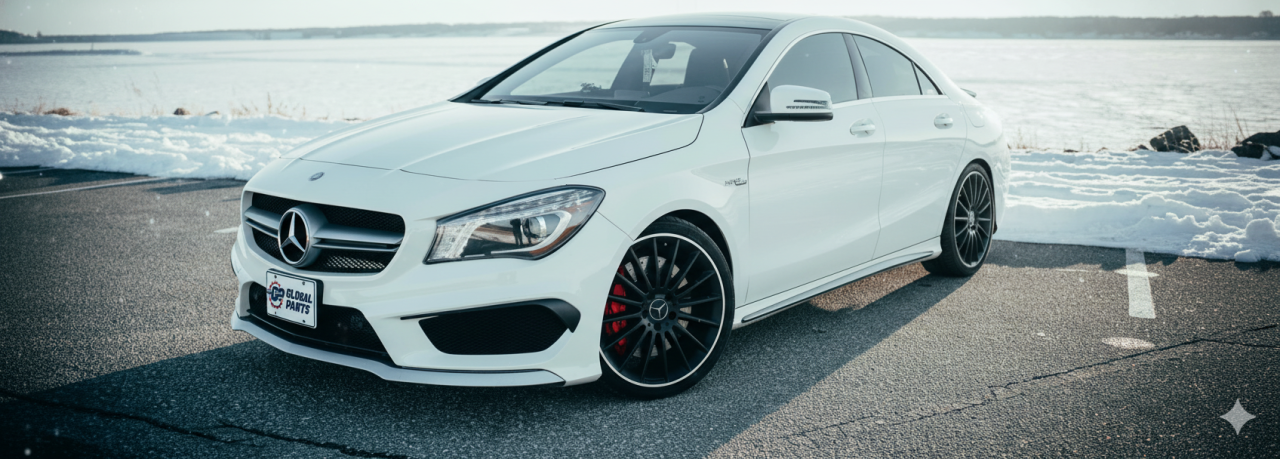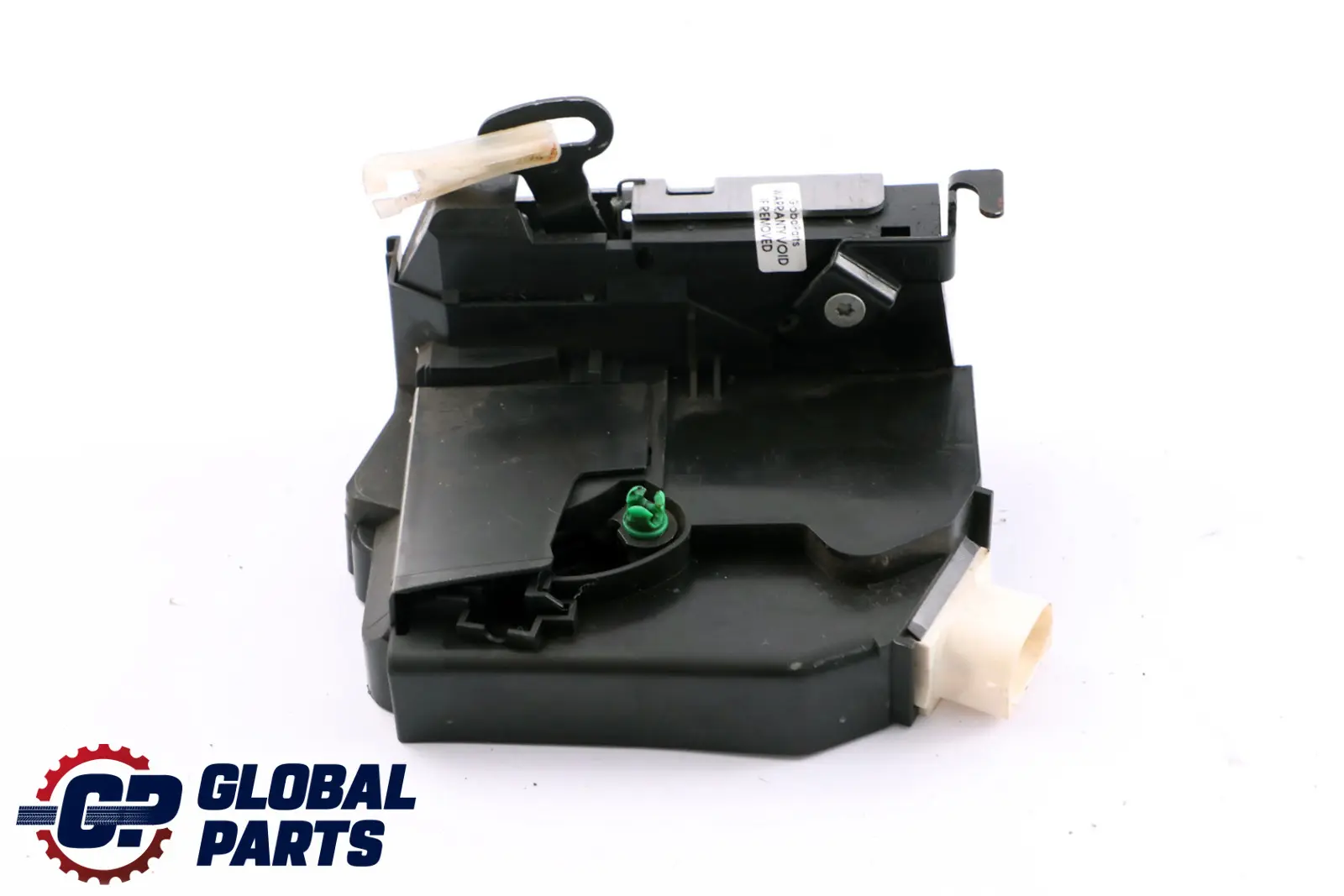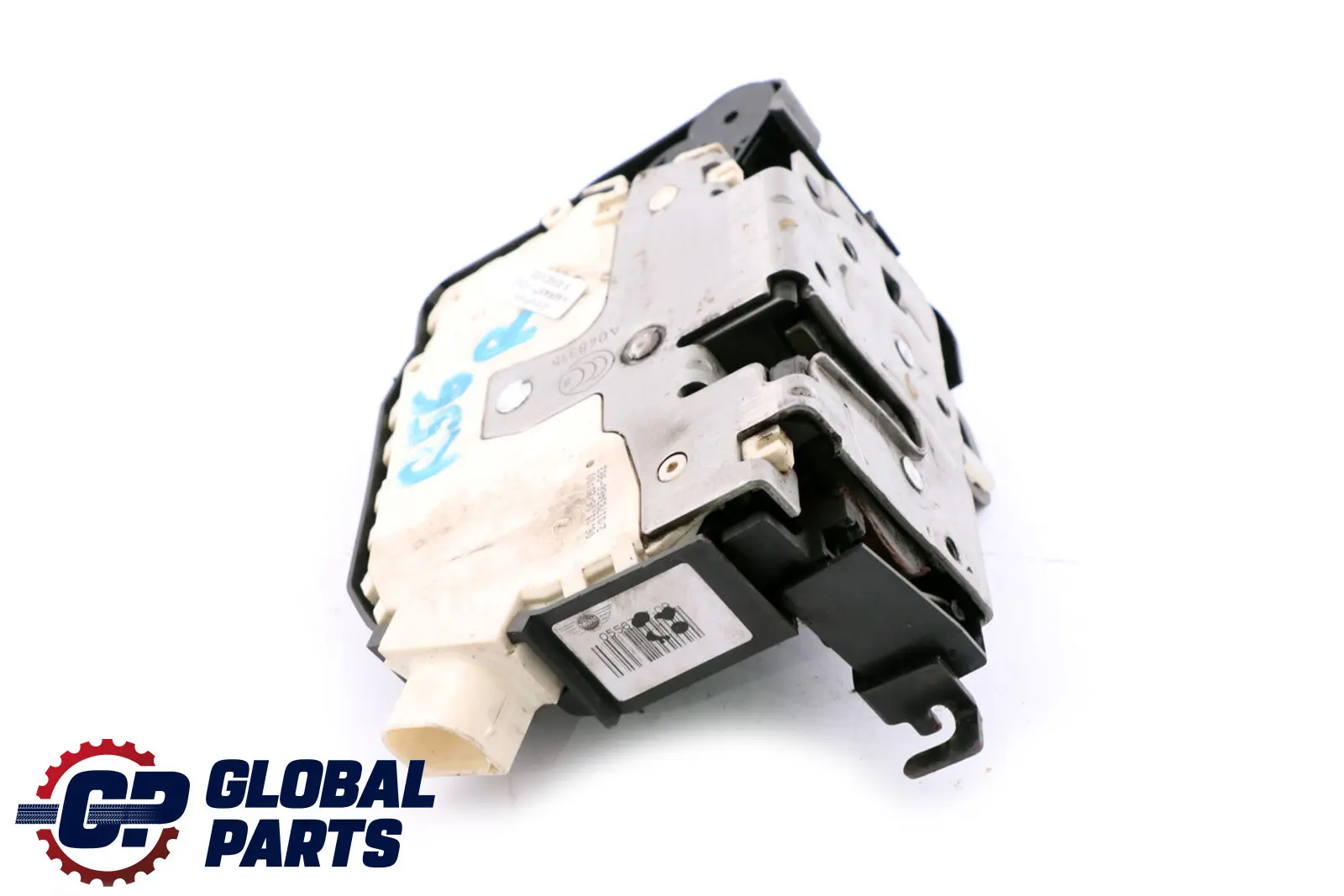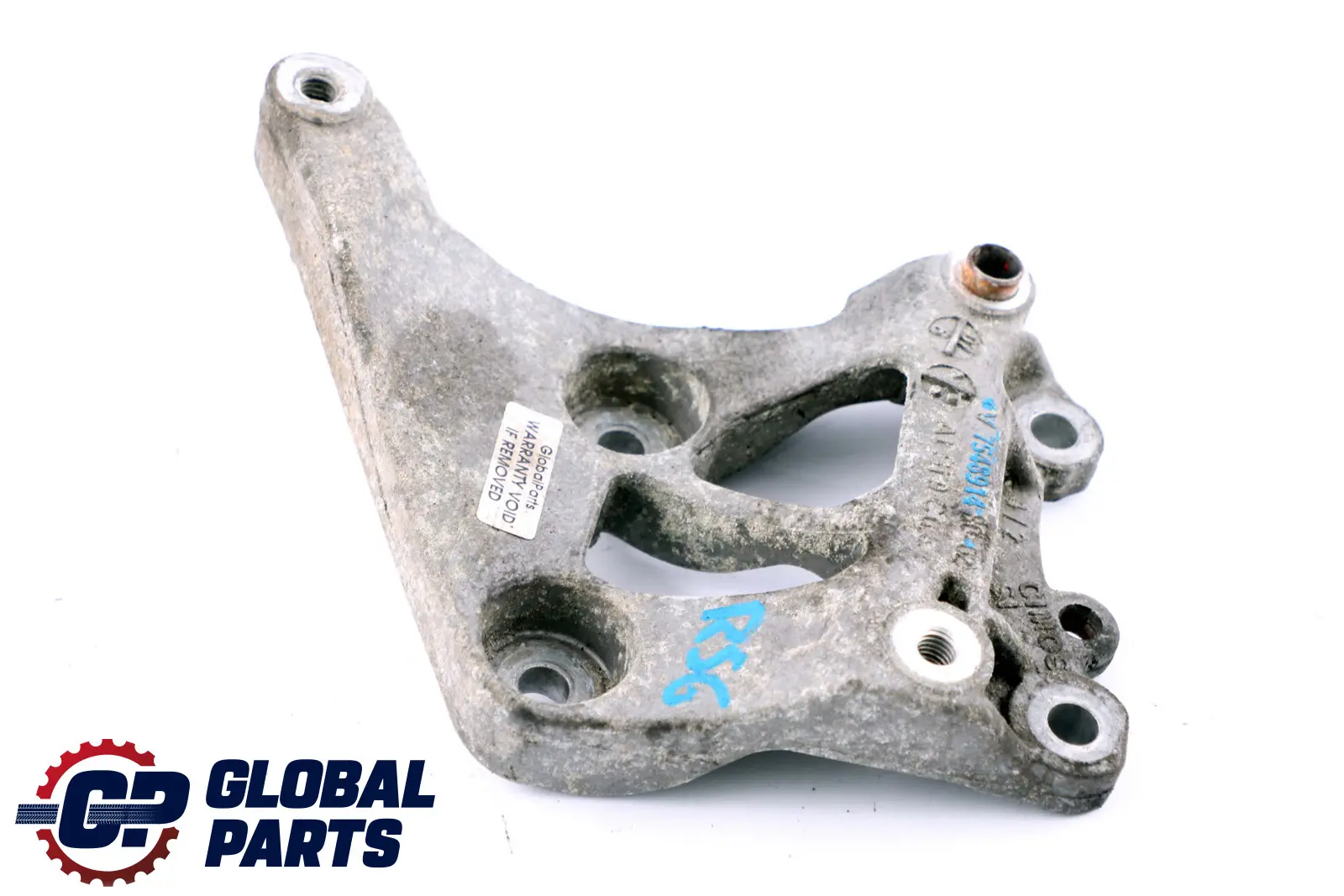Winter essentials: which used car parts are worth checking and replacing before frost?
Preparing your car for winter begins with a realistic list of parts that actually determine starting, heating, and visibility. Electrical and thermal components provide the greatest impact, so winter servicing shouldn't end with the phrase "winter tires." In practice, time and fit trump "on paper" newness, so original used parts (used OEM) selected by VIN/OEM often shorten installation and lower TCO. This approach works well for alternators, starters, heaters, fans, transmissions, sensors, and body parts that work harder in winter. This article summarizes definitions, parameters, and procedures for pre-frost inspections, as well as practical tables and FAQs. Subtly, yet specifically, Global Parts advisors will help confirm fitment and availability—from BMW parts to universal car parts —without making unnecessary promises.
Winter Essentials – Car Preparation Context and Priorities (Context)
Winter maintenance should begin by addressing concepts such as power, starting, visibility, and heating. First, the electrical system ( battery, alternator, starter ), then the HVAC system (heater, fans, flaps), and then the steering and suspension ( joints, bushings, linkages), as salt and snow increase resistance. In vehicles with 4x4 drive or close-ratio differentials, it's worth checking the seals and oil levels in winter. From a cost perspective, preparing "just in time" is cheaper than emergency towing and catching up. The conclusion is simple: a winter essential always includes a plan for power, heat, and visibility, plus a few mechanical "links" that guarantee steering control. 
Winter Essentials – Starting and Charging Electrics
Short story: frost reduces battery capacity, increases resistance, and exposes wiring weaknesses, so even a slight voltage drop can stop starting. The alternator should charge within a typical range of ~14.2–14.6 V (when warm), and the starter motor cannot "put" a voltage below ~9.6 V under load—a simple number that separates cases. Original used alternators and starters (used OEM) retain the mounting points and pulleys, so their installation is predictable and quick. BMW Parts and Mercedes AMG use different alternator control systems (LIN/DF), so matching by VIN/OEM shortens diagnostics and coding. Conclusion: electrics are top priority in winter, and load tests say more than "it cranks, it doesn't crank."
Winter essentials – harnesses, grounds and connectors
Introduction: even a great alternator won't help if the grounds are tarnished. Further reading: it's worth cleaning the grounds, checking for voltage drops in the positive wires and starter/alternator through-wiring. In cars with years of use, measuring the power loop voltage for voltage drop (mV) is helpful – every additional millivolt means heating the wire instead of cranking. After installing a used OEM, it's a good idea to perform a short load test and log the voltages. The result: the starter spins faster, the alternator charges more steadily, and cold starts are no longer surprising.
Winter Essentials – Heating and HVAC System
A two-sentence micro-hook: when the windows fog up, the first drive is delayed – it always costs time, and time hurts the most in winter. Expanding: the heater, mixing flaps, and fan determine whether the cabin demists in one minute or five. A used original OEM heater (e.g., for the popular A4/A6, E46/E90, or Mondeo) usually fails without making adapters and shortens the installation time. The cabin filter is a mandatory replacement – high filter resistance increases humidity and prolongs evaporation. It's worth including cleaning the evaporator and windshield inlet as part of the inspection, as salt and leaves are a ready-made plug. Conclusion: winter comfort means dehumidified windows and stable heat, which results in efficient HVAC plus minor maintenance.
Winter essentials – heating and electronics
Introduction: Many cars use electric heaters or Webasto. Further reading: Original, used glow plug controllers/glow plugs or OEM circulating pumps can shorten the life of the engine compared to a mixture of adapters. In diesel engines, glow plugs and glow plug controllers are voltage-sensitive – hot and cold diagnostics make sense. In cars with a rear electronic module, it's worth checking the power supply and comfort errors, as the systems often interact with window heating and short circuit loads. After replacement: an alternator load test and a window defogging log – this is the best "QA" for HVAC.
Winter Essentials – Drivetrain and Chassis
Briefly: winter increases resistance, and salt accelerates the degradation of rubber and metal, so your toolbox should include suspension and drivetrain components. Used original steering knuckles, hubs, and stabilizer links maintain the geometry and don't require spacers or modifications. It's worth checking differentials ( differential, differentials) and transfer cases for leaks and the oil level/condition – low temperatures reveal play faster than summer. In the steering system, the tie rods and end pieces are key – their play in winter translates into nervous handling and poor ASR/ESP operation. Conclusion: prevention is the cheapest option in winter – the chassis and drivetrain like a short checklist "before the salt."
Winter Essentials – Lighting, Visibility and "Small Electrics" (Installation)
Two-sentence catchphrase: seeing and being seen in winter is half the battle, because it's dark more often than it is light. Expanding: low beam/parking lights, fog lights, turn signals, and license plate lights are simple items that often fail due to corrosion in the cubes. Used original lamps and wiring harnesses (OEM) save time – they fit mechanically and electrically, eliminating the "Christmas tree" of errors. Wipers and washers aren't a "tune-up," but they are crucial for safety; nozzle adjustments and a new cabin air filter reduce fogging. For premium brands (BMW, Mercedes AMG, Audi) and popular brands (VW, MINI), the procedure is identical: VIN/OEM + wiring harness inspection + frost test. Conclusion: lighting, power, and a clean windshield are real "profits" per hour of work.
Winter essentials – rims, bodywork and details (Operation)
Short summary: there are no tires in the offer, but there are dozens of details that will determine whether winter tires will live up to their potential. Expanding: rims and their ET/load capacity, wheel arches, under-engine guards, windshields, and clips – all of this becomes critical in slush. Used OEM rims (e.g., BMW E90/E60 rims ) fit without spacers, which reduces interference with the covers and calipers. Parking sensors and their bezels should be protected from moisture – winter loves little things that cut off functions "out of spite." When budgets are limited – electrical and HVAC first, then cosmetics. Conclusion: details make a difference, and winter driving is no place for "almost fits." 
TABLE – Winter essentials: what to check and why (abbreviation)
| Area | Winter Element | Parameter/what to look at | Why now |
|---|---|---|---|
| electrician | alternator/starter | 14.2–14.6 V; drops under load | safe starting in frost |
| HVAC | heater/flaps/filter | filter resistance, flap tightness | faster window defogging |
| drive | differential/connectors/hubs | leaks, play, ET rims | stability on slippery surfaces |
| visibility | lamps/beams/wipers | corrosion of cubes, flux | "you see and you are seen" |
| body | covers/panel/clips | completeness and fixing | less dirt and moisture in the chamber |
TABLE – winter essentials: symptom → cause → action (abbreviation)
| Symptom in winter | Probable cause | What to do |
|---|---|---|
| slow start | voltage drop, ground | clean grounds, load test, alternator |
| steaming windows | clogged filter, leaks | cabin filter, HVAC cleaning, seals |
| cold jerking | leaky intake/coil | smoke test, correct wiring, VIN/OEM parts |
| "Christmas tree" of errors | ankle corrosion, low voltage | harness inspection, charging, OEM connector replacement |
| humming from the wheels | hub/bearing, ice at the brake | checking hubs, covers, test drive |
FAQ – how to prepare your car for winter using used parts (Q&A)
| Question | Short answer |
|---|---|
| How to prepare your car for winter – what to do first? | Electrical (charging/starting), HVAC (heater/filter), visibility (lights/wipers). |
| Are the parts used winter safe? | Yes, if it is original OEM according to VIN/OEM; predictable installation, no adapters required. |
| Do I need winter tires? | Yes – this is the basis of traction; Global Parts supports car parts that will use their potential. |
| How to verify alternator/starter? | Measurement of charging voltage and voltage drops under load; cold cranking test. |
| What most often breaks down HVAC in winter? | Cabin filter and flap leaks; without them the heater fogs up the windows. |
| What should you watch out for when it comes to differentials and hubs? | Leaks and looseness; cold oil increases resistance and reveals wear. |
| Can I divide the preparation into stages? | Like this: power → HVAC → visibility → drive/body; each block has a distinct effect. |



